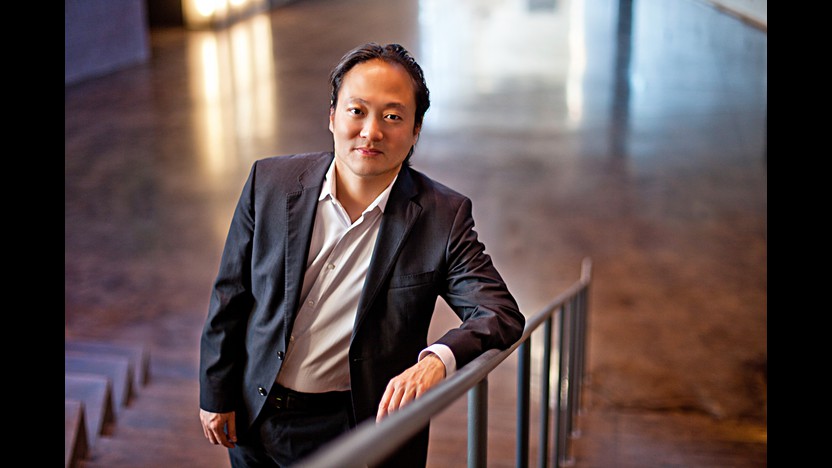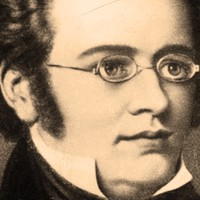Notable Encounter: Schubert's Second Symphony



Mozart began composing symphonies at the age of eight, and his earliest examples read like postcards from his relentless tours: he penned his first in London, added more in Paris and Vienna, and buckled down on the form while in Rome and Milan. When his itinerant career as a child prodigy came to a halt at the end of 1771, the 15-year-old Mozart, back in his provincial hometown of Salzburg, began composing at a ferocious rate, including eight symphonies in as many months.
While Mozart was developing as a composer, the symphony itself was still in a state of infancy. Growing out of the Italian overture or sinfonia, traditionally in three sections organized fast-slow-fast, the symphony assumed its familiar dimensions with the insertion of a third-movement minuet, a style borrowed from French dance suites. The composer most closely associated with the development of the symphony was Joseph Haydn, and by the early 1770s he was past his fiftieth symphony. Mozart did not have the benefit of direct contact with Haydn until later in Vienna, but he did enjoy close proximity to Joseph’s younger brother Michael Haydn, the Salzburg Konzertmeister and a fine composer of symphonies himself.
The Symphony No. 20 is in the bright key of D major, with a pair of trumpets included to reinforce the brilliant tone. The opening Allegro movement grants the winds unusual prominence, and even the trumpets join in on leaping melodic figures that were compatible with the valveless instruments from Mozart’s time. The Andante, a charming rumination on rising and falling triplet motives, introduces a new tone color in the form of a flute, while the rest of the winds sit out. (The small orchestra in Salzburg would have had oboists who could double on flute when needed.)
The Minuet is a robust example of that French dance style, set in three moderate beats per measure. The contrasting trio section shifts the mood with a key change, pulsing pedal tones, and smooth slurs in the strings. The finale once again entrusts the winds with important thematic material, this time a repeated-note figure that answers the scampering melody brought out by the strings.
Aaron Grad ©

 Watch Video
Watch Video
While working full-time as a teaching assistant, taking compositions lessons twice a week, and playing viola in a student orchestra, the 17-year-old Franz Schubert managed to write new music at an astonishing rate that averaged at least 65 measures of music every single day. His efforts that year included his Symphony No. 2, which at most might have received a reading from a student orchestra. Not a note of his music had reached the public yet, and during his entire short life he never managed to secure a single performance of any symphony.
As a student composer in Vienna, Schubert could not help but be engulfed by the towering achievements of Haydn, Mozart and Beethoven (who had by then debuted eight of his nine symphonies). Like Beethoven before him, Schubert used the instrumentation and general outline of Haydn’s final London symphonies as a point of entry. In Schubert’s Symphony No. 2, the instrumentation, slow introduction and the use of a minuet third movement instead of a Beethovenian scherzo all point to Haydn’s influence. One particular trick found all over Haydn’s symphonies comes in the Allegro vivace body of Schubert’s first movement, when the main theme enters in the strings at a pianissimo dynamic before being repeated fortissimo by the full orchestra.
The Andante second movement takes the form of a theme and variations, with a simple and song-like theme that adds a playful extra measure in its second half. The climactic fourth variation moves to C minor, which returns as the surprising key center for the Menuetto. Before the finale launches, four introductory measures bridge the harmonic distance back to the home key of B-flat major. Then, like horses on the hunt, the orchestra gallops off at a Presto tempo.
— © Aaron Grad
Aaron Grad ©2016
Get driving directions and find nearby parking.
Find dining options close to the venue.
View seating charts to find out where you'll be seating.
Get driving directions and find nearby parking.
Find dining options close to the venue.
View seating charts to find out where you'll be seating.
